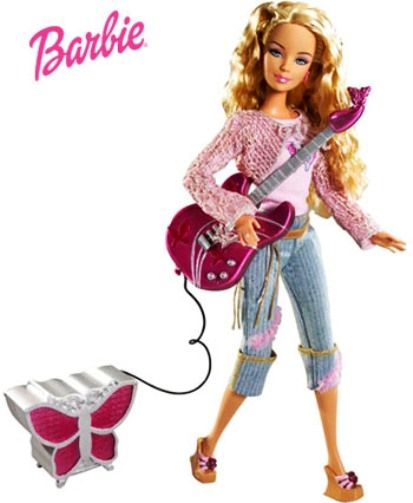
Barbie has been said to touch every girl's life (Rogers, 1999). The extant literature about Barbie dolls tends to be opinionated and based on essays and popular media articles ("Barbie's Missing Accessory: Food," 1994; La Ferle, 1997; Lord, 1994; McDough, 1999; Suhay, 2000; Mulrine, 1997). Some claim that the toy represents the paradigm of adult female beauty to which young girls learn to aspire (Freedman, 1986; Turkel, 1998). It has been argued that Barbie dolls reflect a highly sexualized image and circumscribe girls' play by emphasizing prescribed roles and patterns of interaction. Despite the vocal opinions that abound about the influence of Barbie dolls on girls' development, there is a paucity of empirical research examining the impact of Barbie dolls on the lives of girls.

Surveys have suggested that Barbie dolls are among girls' first or second "most favorite toys" between ages eight and twelve (Sutton-Smith, 1986). Recently, and most pertinent to the present study, Rogers (1999) explored individuals' experiences with Barbie dolls. Each group was asked to write about their experiences with Barbie dolls. All of the participants had knowledge of Barbie dolls, but mixed views about the doll's influence on girls prevailed. The majority of adolescent girls felt positively about Barbie, while boys distanced themselves from "play" with Barbie dolls, and instead reported disfiguring the dolls through a variety of methods. The college students and adults tended to acknowledge that Barbie dolls impact girls' ideals, but disagreed as to whether the influence was beneficial or detrimental to girls' development.
In light of the limited data, the present research examines young adolescents' experiences with, and views of, Barbie dolls.

